Why is software architecture critical?
Why is software architecture so important and how can Lattix help?
Posts about:

Why is software architecture so important and how can Lattix help?
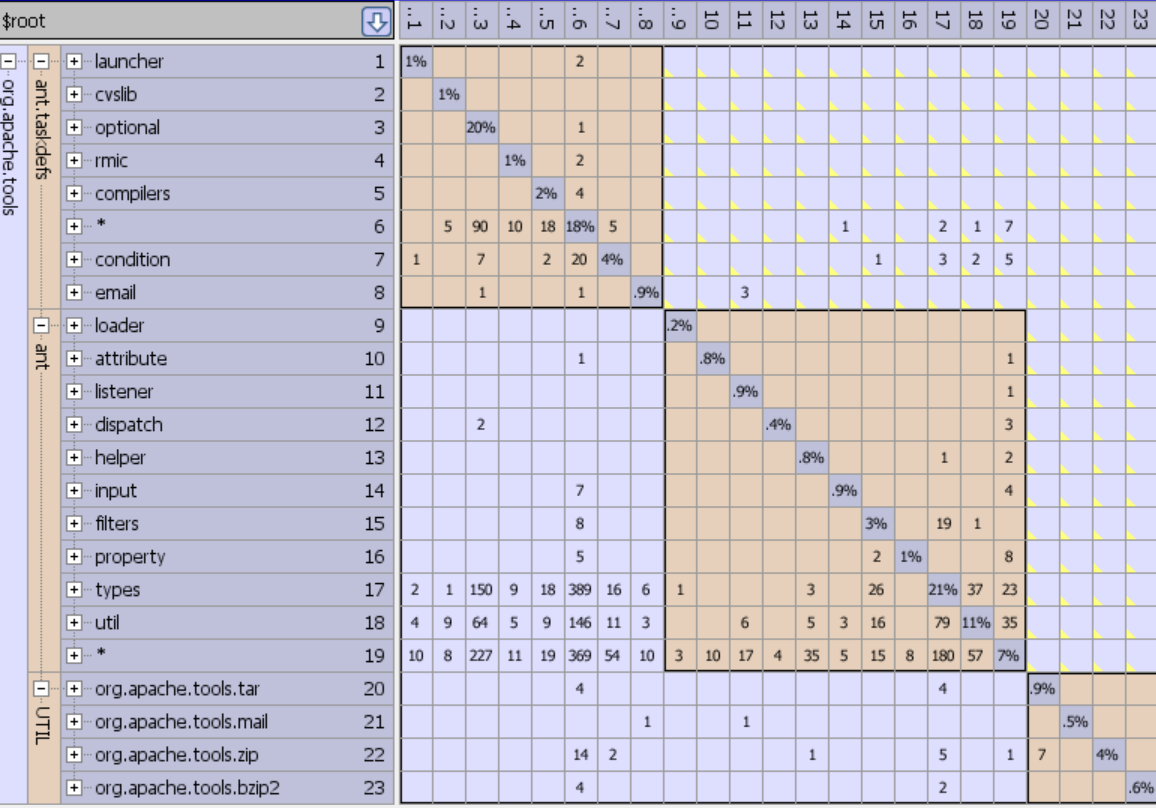
It is always hard to work on code that you did not originally build. It is even harder when the original developers who worked on the code are all gone, there is no documentation, and no one is exactly sure how it is implemented. Unfortunately, this is an all-too-common problem for businesses with legacy software applications. These legacy applications typically have been a driver of revenue and profits for the business for a long time, so they are vital. This means that as the business changes, these legacy applications need to be updated as well. But because of architectural drift and erosion, updating and fixing problems is hard and becoming harder all the time.
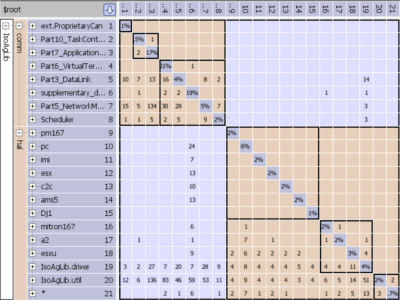
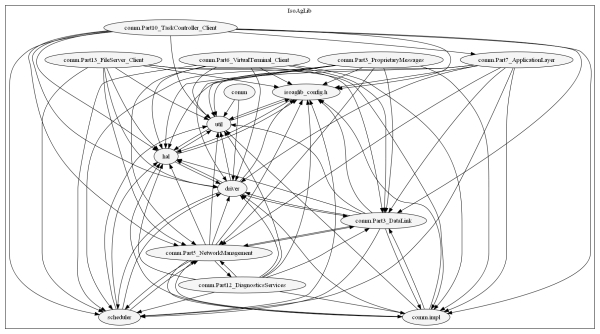
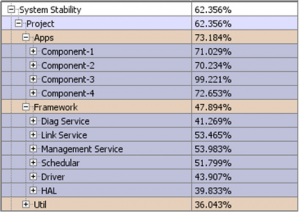
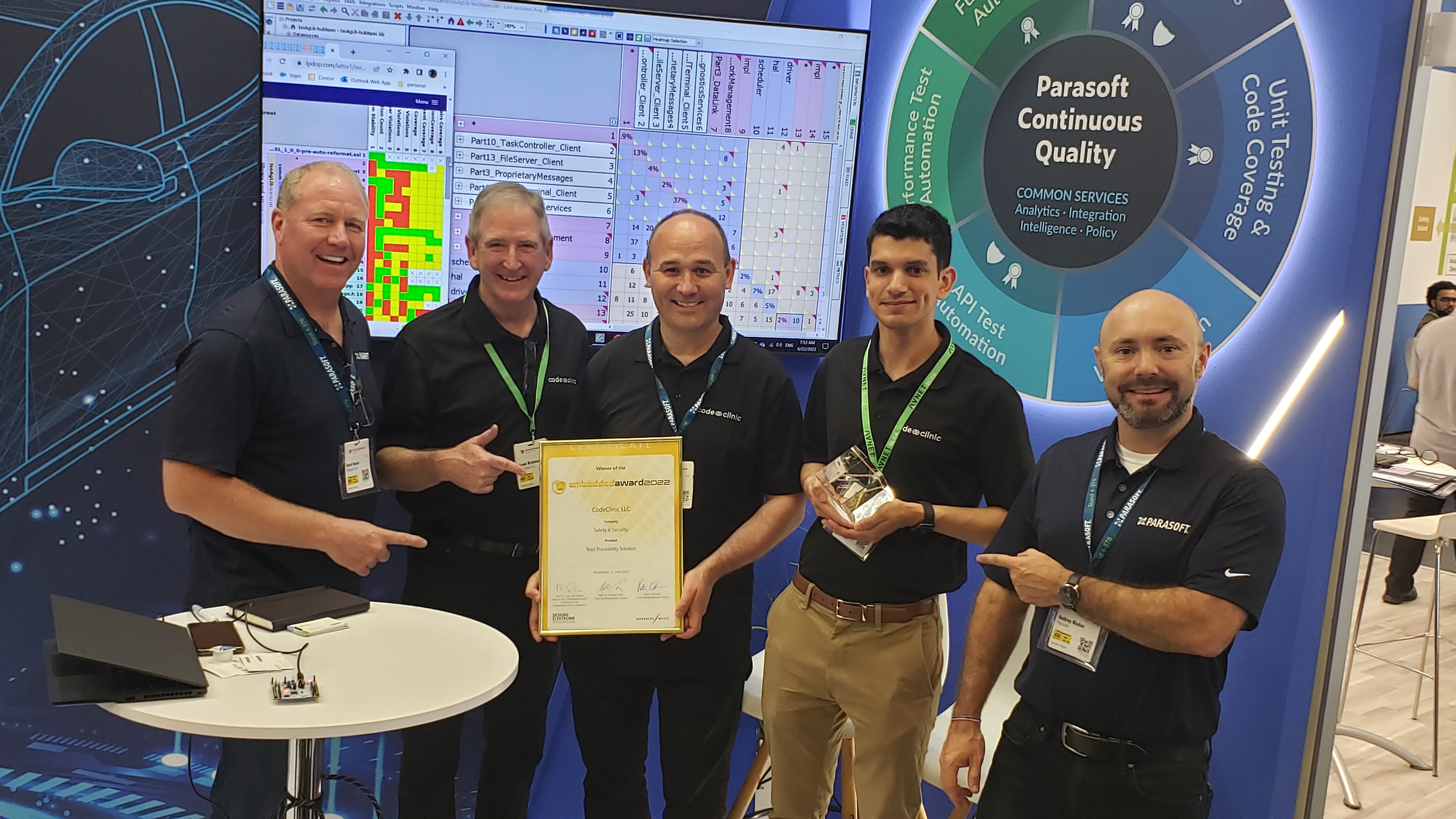
CodeClinic, a provider of innovative solutions for software organizations in safety-critical embedded systems, received the Embedded World Award 2022 in the Safety & Security Category for Traci. This tracing solution is a traceability matrix used to identify gaps in the design and verification of requirements as required by standards such as ISO 26262, DO-178 B/C, IEC 62304, IEC 61508, and more. With Traci, functional safety teams can eliminate the manual error-prone process of conducting tracing analysis.

For some, architecture is all about decisions. Once the biggest and the most important decisions are made, architectural work is considered done. Sadly, the success of your project rarely hinges on those “big” decisions. It is the “small” decisions, the ones we often ignore, where a project’s success lies. The biggest decisions are static; once made they will rarely change. It is the small decisions, the ones we make every day, that will actually determine how easy it is to support new functionality and how productive the team can remain as software evolves.